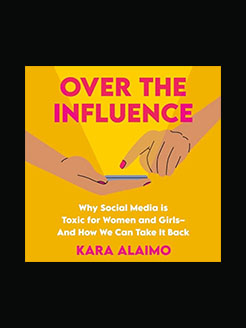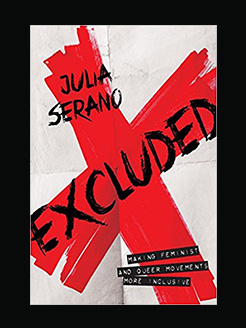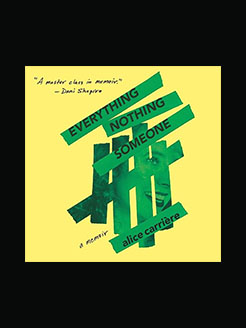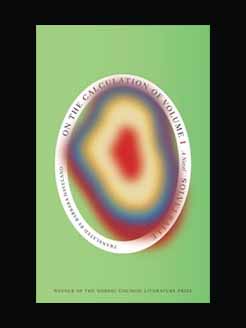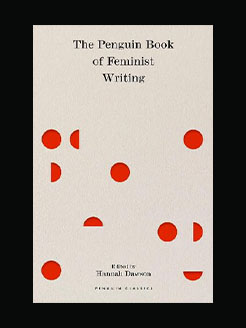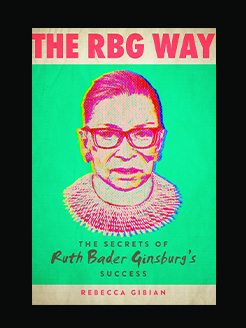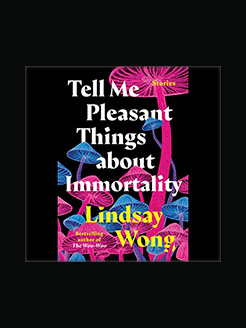Published in 1981
261 pages
Cherríe Moraga is a poet, playwright, cultural activist, and educator. Her many books include Native Country of the Heart: A Memoir; A Xicana Codex of Changing Consciousness: Writings, 2000–2010; and Loving in the War Years: Lo Que Nunca Pasó por Sus Labios.
Gloria Anzaldúa (1942–2004) was a poet, metaphysical philosopher, and scholar of Chicana cultural theory, feminist theory, and queer theory. Her books include Borderlands/La Frontera: The New Mestiza and The Gloria Anzaldúa Reader, a posthumously published collection of her work.
What is this book about?
This groundbreaking collection reflects an uncompromised definition of feminism by women of color. Through personal essays, criticism, interviews, testimonials, poetry, and visual art, the collection explores, as coeditor Cherríe Moraga writes, “the complex confluence of identities—race, class, gender, and sexuality—systemic to women of color oppression and liberation.”
Helpful and detailed review on goodreads from Zanna:
This anthology by radical, feminist and mostly lesbian Women of Colour has the aura of a revolutionary moment. I loved the range of styles, especially the wonderful poems and prose poems, and generally the directness that gave it the feeling of a drama, the feeling of being in a room with the contributors. Much of what is said, of course, is still being said now, and I am aware that white feminists have cherry picked and weaponised words from this collection against women of colour. Nonetheless, keeping the context and the drift of a challenge to we white feminists to shake off the cosy mantle of the oppressor, I will echo a few of the most thrilling lines from the performance.
“Without an emotional, heartfelt grappling with the source of our own oppression, without naming the enemy within and outside of us, no authentic, non-hierarchical connection among oppressed groups can take place” – Cherrie Moraga
Moraga notes that white women’s groups have not seemed to feel a lack when women of colour were absent, and thus have not made efforts to be inclusive. This is an indictment of how feminism has been understood by white women. Native writer Chrystos says “I no longer believe that feminism is a tool which can eliminate racism”
Mitsuye Yamada writes that especially for Asian women ‘passive resistance’ is not possible as such behaviour confirms stereotypes about Asian women. For this reason, their anger makes white women most angry. She shares that every time she speaks to white women groups it is as if women like her have never been heard before. She notes that women in her life agree on feminism as an ideal but are disappointed with women’s movement as is. She bears witness to some acts of racism, for example, when she campaigned for the Fair Housing Bill a church friend asked her ‘why are you doing this? haven’t we treated you well?’ revealing that even third of forth generation Asian Americans are expected to act as a guests in the US, just as women of colour are expected to act as guests in feminism.
Barbara Cameron is forthright on internalised racism, confessing her negative feelings about Black, Asian Chicano and other groups which have come ‘from TV & who knows where’ and also racism among Indians about ‘half-blood’ people for example. She gives a neat description of the weird way white people behave at parties, describing the books they have read about your culture and so on, while the ‘third world people’ and/or gay people in the room all affect ‘sophistication’ by ‘talking to white people’. Like many contributors, she laments the racism among white lesbian feminists and the burden placed on her and other Women of Colour to eliminate racism and to educate White women.
Gabriel Daniels writes about Anais Nin’s maid Millicent Fredericks who came from Antigua. Nin could not get past the idea of her as black, exotic (to be painted by ‘a Gauguin’), suffering, poor, but she was a teacher in her home country and her work enabled Nin’s, as Daniels’ poem beautifully and painfully highlights.
A point of particular present relevance is well put by doris davenport – ‘racism’ is like a slimy disease and when accused liberals pull out their creds to show they do not have it. Her theory is that white supremacy in white women arises from an inferiority complex caused by our own powerlessness under patriarchy.
Some of the writers, for example Cherrie Moraga herself, are able to ‘pass’ for white and can choose to identify as women of colour, a choice which Moraga is painfully aware others do not share, and which she identifies as a risk to those who have no choice. Mirtha Quintanales talk of the ‘perils of passing’ (as cultural/ethnic erasure – which she says should be easier for lesbians to understand) but this discourse can shade painfully into anti-blackness and the collapse of solidarity, as keeps on happening. (White feminists can all too easily fall into the trap of being anti-black when non-black-women-of-colour claim they are being victimised by black women, as it taps into our so easily provoked white-tears. White folks: anti-blackness can occur in all sorts of spaces. Stay accountable.)
I loved the interview with Barbara & Beverly Smith on Black feminism. They mention things like white women expressing pride at their decision not to finish school, while black women have no choice and must be twice as qualified to get half as far. They are amused by the ‘click’ white women mention when they realise they are oppressed as women. Black women are all too conscious from their earliest memories, they say. Also they bear witness to white lesbians accusing black lesbians of being ‘male-identified’ because they are concerned with issues of racism that affect men! Along with many of the contributors, they critique lesbian separatism (which must have been in vogue) as racist or at least problematic because it ignores structural inequalities other than (hetero)sexism and leaves out huge groups of oppressed people. And again, the choice is not often available to women of colour. Also, the need for collaboration: “Any kind of separatism is a dead end… forming principled coalitions around specific issues is very important.” However, as others point out, separatist groups have intermediate use as safe spaces…
Much of the work shares positive aspects of Black/Latin@/Native/Asian culture in contrast to homogenized white American materiality – bland, mass-produced and soulless, celebrating togetherness, music, dance, food and just affirming joy in connection of articulating shared oppression and spending time with people they relate to.
Merle Woo charts generational learning: although her mother does not support her activism especially against heterosexism, Woo says that she could not have got where she was without the example of her mother’s strength. She is proud to see her own 16 year old daughter ‘going for what she wants’. Familial solidarity gave her a sense of self against the racism she experienced, including as a writer, for example a white woman poet criticized her and mentioned ‘looking for universal themes’ as an argument against addressing race. Of course we know, universal = white.
Gloria Anzaldua and others point out that poverty means no time to write: “forget a room of one’s own, write in the kitchen”. Like Merle Woo, she worries about misrepresenting her mother as a villain when, like all people of colour, she was a victim of the white supremacy that distorted her treatment of her dark-skinned daughter. Anzaldua writes lovingly about writing as (strategic essentialism!) reclamation of subjectivity. As does Nellie Wong, talking to herself, encouraging herself, summing up the wave behind her, driving her to write.
The range of the material is huge. Angles I did not expect included Norma Alarcon on Malintzin and Latinas’ reactions to the male myth, and Anzaldua & Luisah Teish on spirituality & breaking out of the rationalist paradigm: “The biggest problem that we have had was believing somebody else’s story about us”
Andrea Canaan mentions that white women have been seen as enemies by black women due to internalised, race-inflected misogyny: ‘she seduces black men and cries rape’, obviously in order to call for a change of attitude. Another expression of the impulse to move-beyond-dividing-difference (which white feminists have sometimes used against Women of Colour)
Pat Parker sees the forces of imperialism “up against the wall” this in 1980. Rather than revolution, imperialism blazed forth with renewed force and refreshed narratives of security against terrorists. Parker reads for us the encouragement to enlist: ‘be a good American’ “The equation is being laid out in front of us. Good American = Support imperialism and war. To this I must declare – I am not a good American. I do not wish to have the world colonized, bombarded, and plundered in order to eat steak”
Chrystos closes the collection. Like the work of other Indian/Native contributors, her words express internal conflict, a morass of grief, pride, anger, the will to go on fighting, faith and hope and love in community. Well, the fight goes on…
